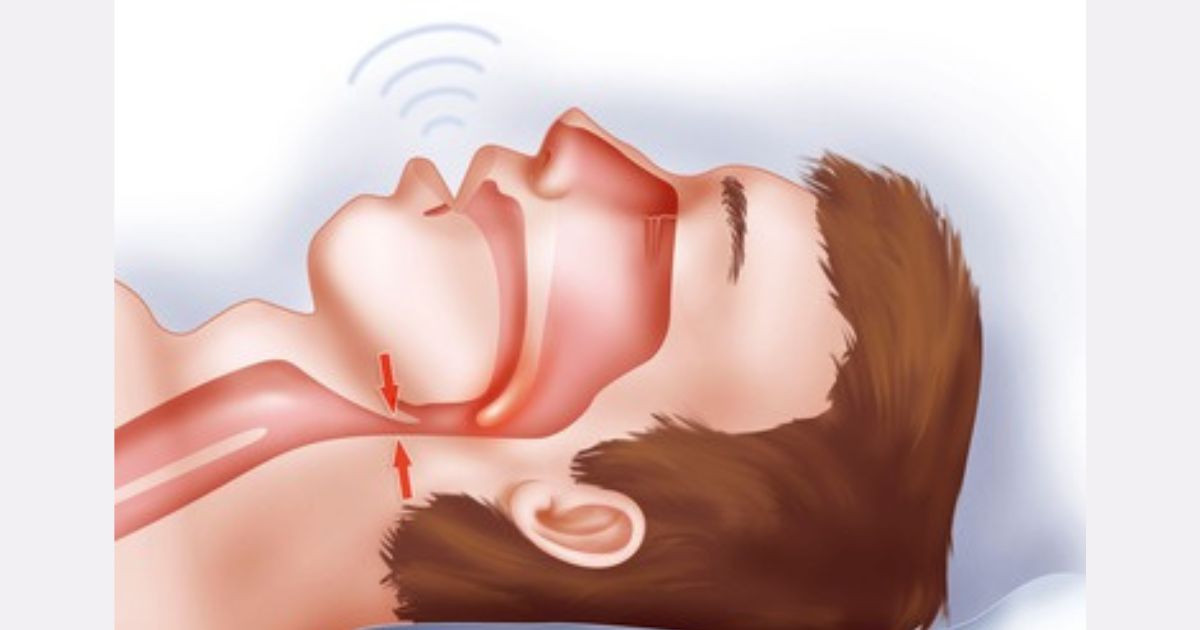In a groundbreaking development, a new Postpartum depression drug named Zurzuvae, designed to treat postpartum depression (PPD), is gaining attention for its potential to revolutionize treatment.
Manufactured by Sage Therapeutics and Biogen, Zurzuvae, also known as Zuranolone, boasts a remarkable turnaround in PPD symptoms within just three days, according to earlier trials.
However, the drug comes with a hefty price tag of $15,900 for the essential 14-day course of treatment, raising concerns about accessibility for the one in seven women estimated to suffer from PPD.
The synthetic drug is a form of allopregnanolone, a natural neurosteroid that regulates mood and behavior. Dr. Katrina Furey, a psychiatrist at Yale School of Medicine, explains that Zurzuvae influences neurotransmitters called GABA-A receptors, leading to calming and antidepressant properties.
While this breakthrough shows promise, it prompts questions about its affordability and practicality for widespread use.
Announcement Of New Postpartum Depression Drug
The announcement has sparked a dialogue on the potential impact of Zurzuvae and the challenges it may face in terms of accessibility. Health professionals, including Dr. Sarah Oreck, co-founder of Mavida Health, express concerns about the uphill battle physicians might face in prescribing the drug, considering its high cost.
The skepticism surrounding insurance coverage adds another layer of uncertainty, as reports suggest ongoing efforts between drug makers and insurance companies to make Zurzuvae more widely available.
This isn’t the first time Sage Therapeutics has ventured into the realm of PPD treatment. In 2019, they introduced Brexanolone, also known as Zulresso, the first FDA-approved postpartum depression drug. However, Zulresso’s limitations, such as a 60-hour IV treatment administered only in hospital settings and a steep annual cost of $34,000, underscored the need for more accessible and effective alternatives.
While Zurzuvae offers a potential breakthrough, Dr. Oreck emphasizes that it may not be a cure-all for PPD sufferers.
She stresses the importance of cautious optimism, noting that PPD can resolve itself over time, and that the new drug may not address the broader spectrum of postpartum mental health issues. Dr. Furey adds that postpartum anxiety is even more common than depression and emphasizes the need for comprehensive treatment approaches.
One notable concern surrounding Zurzuvae is its potential impact on infants consuming breast milk from mothers undergoing treatment. Dr. Furey highlights the uncertainty surrounding whether the drug can be harmful to infants and suggests that further studies are needed.
This concern poses a significant challenge, as breastfeeding is considered a vital bonding experience that can help alleviate PPD symptoms. However, the potential benefits of Zurzuvae should not be overlooked, particularly in cases where severe symptoms necessitate alternative feeding methods.
Additionally, the drug’s side effects, including drowsiness and dizziness, raise practical considerations. Women using Zurzuvae are advised not to drive for at least 12 hours after taking the medication.
Despite these challenges, Dr. Furey remains optimistic about the treatment’s potential, emphasizing the importance of addressing mental health issues, the most common complications of childbirth, and a leading cause of maternal mortality.
In conclusion, while Zurzuvae presents a promising advancement in PPD treatment, its high cost and practical considerations raise important questions about its accessibility and widespread use.
The ongoing dialogue between drug makers, health professionals, and insurers will play a crucial role in determining the drug’s impact on addressing the complex landscape of postpartum mental health.
As discussions continue, the hope is that breakthroughs like Zurzuvae will pave the way for more accessible and comprehensive solutions for women facing postpartum mental health challenges.








Leave a Reply
You must be logged in to post a comment.